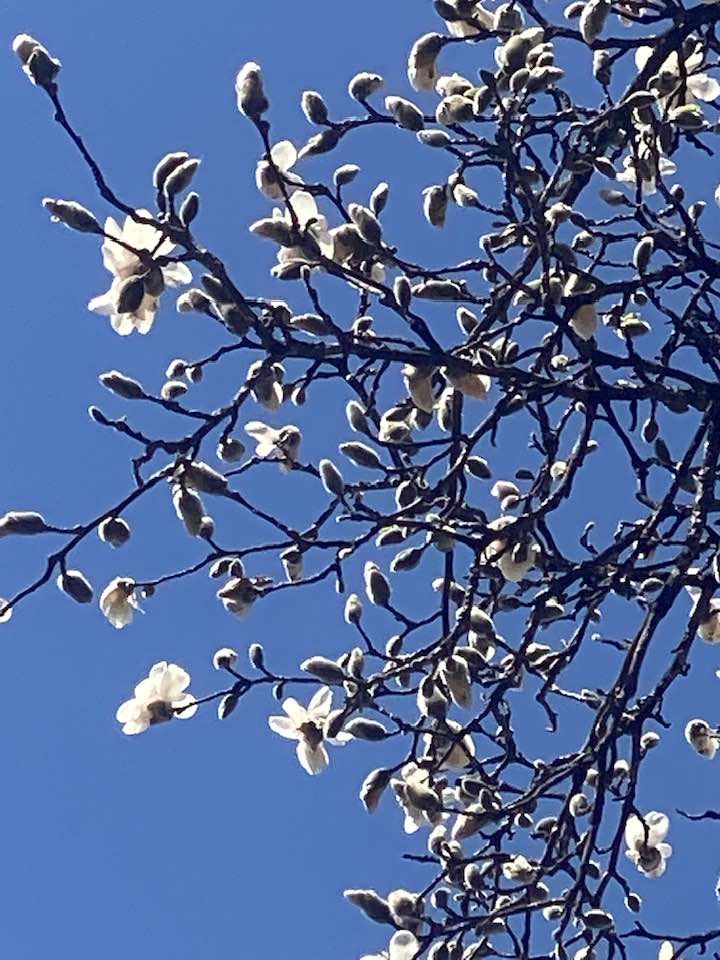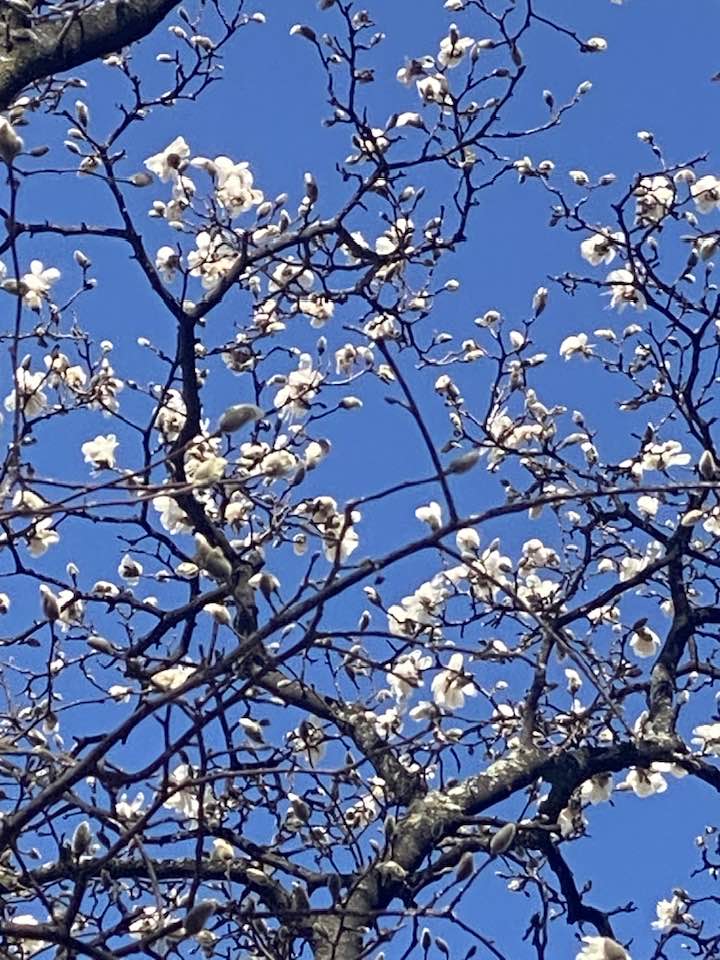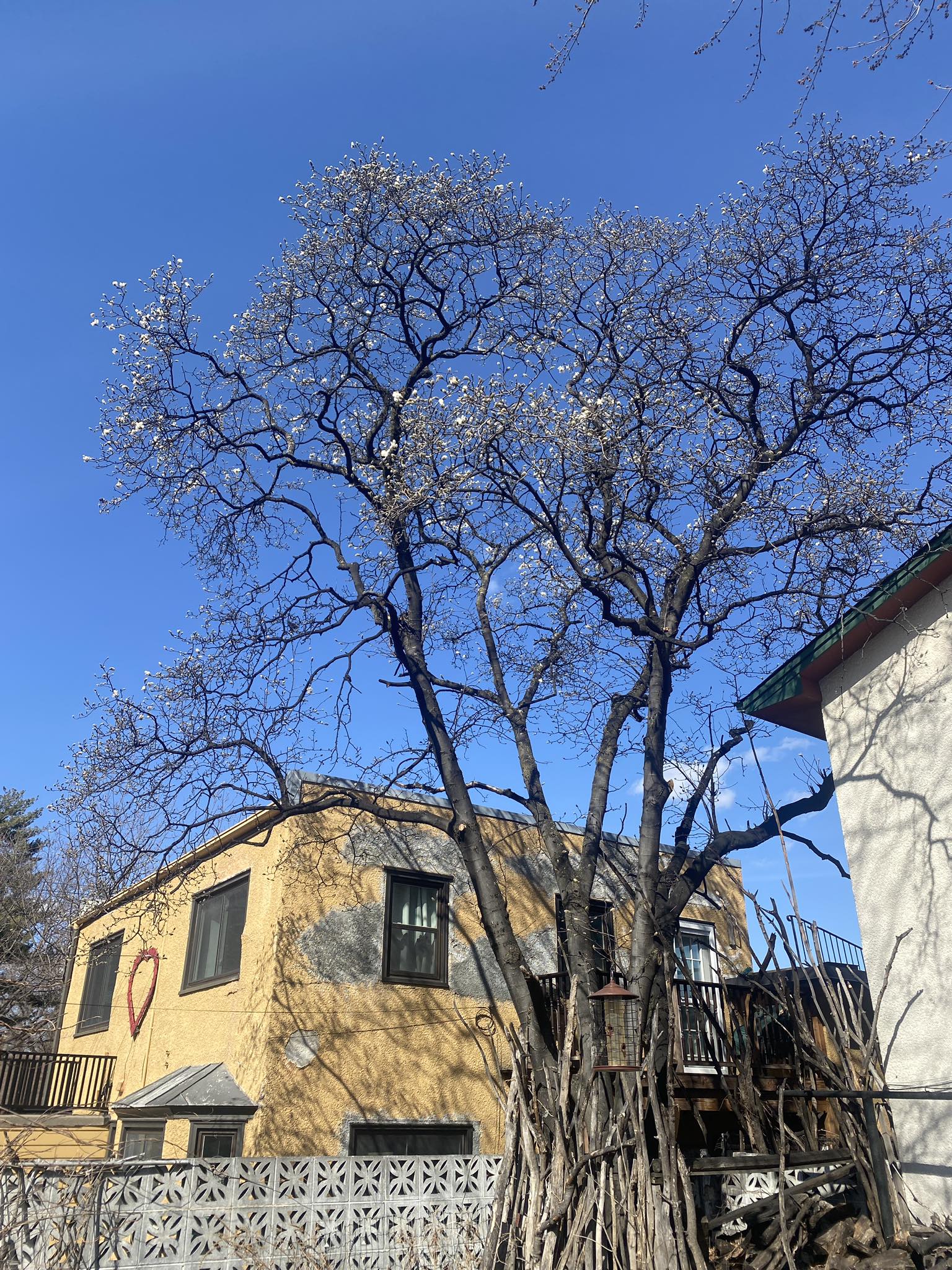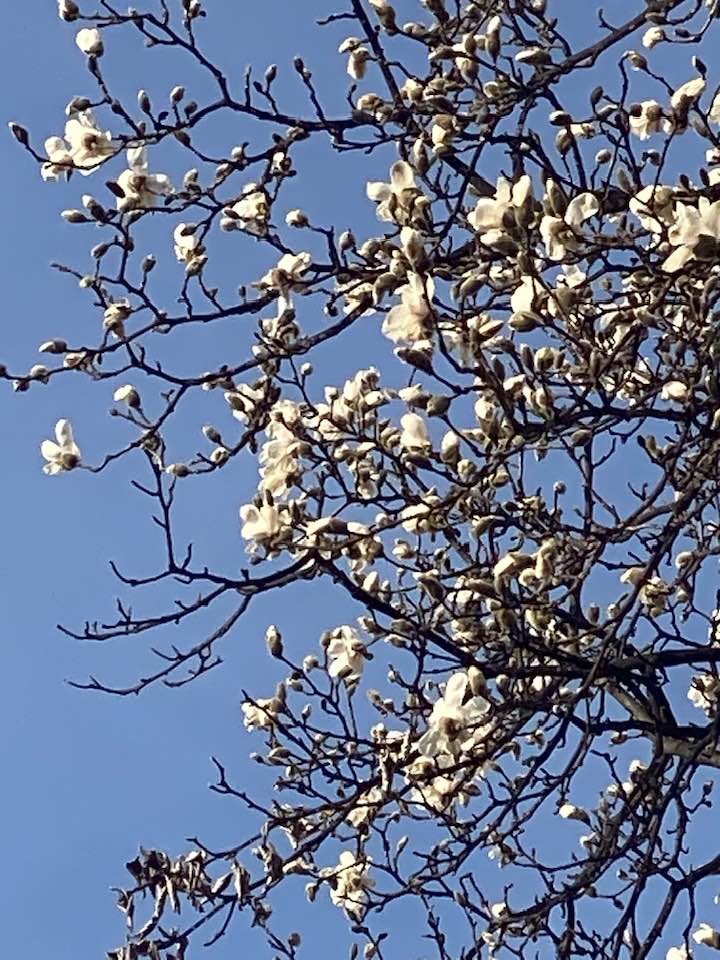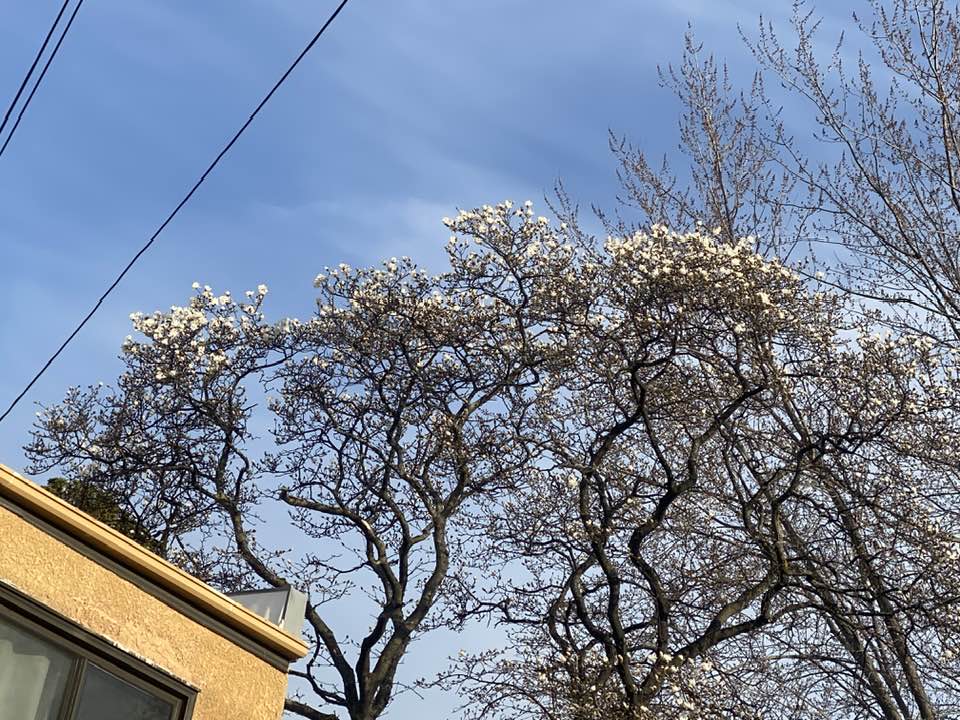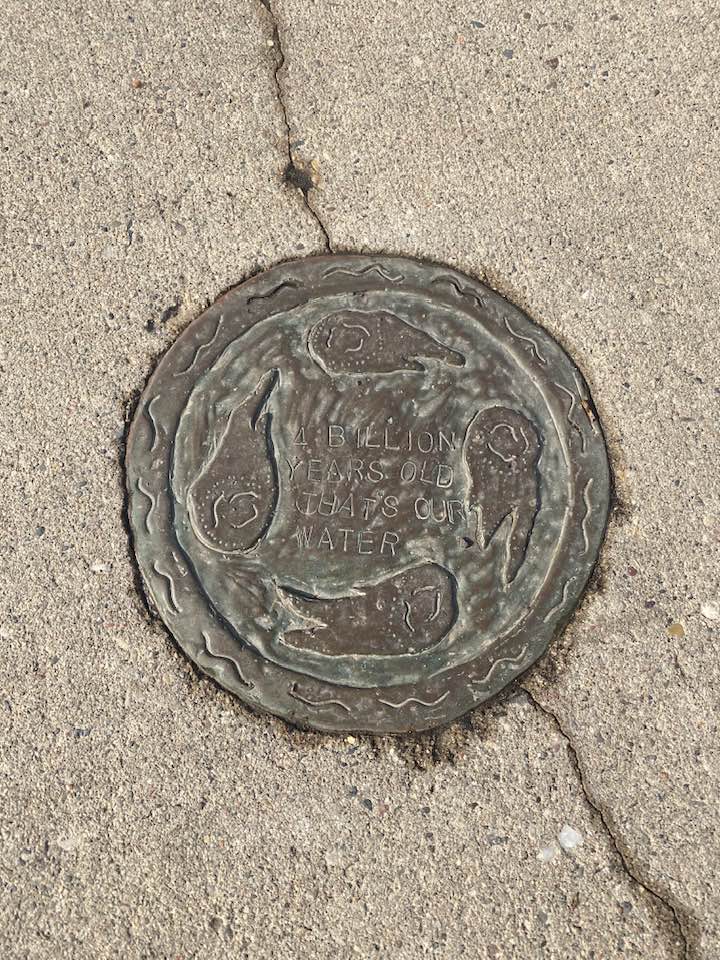Blog
Jan Hammer
(born 17 April 1948) is a Czech-American musician, composer, and record producer. He rose to prominence while playing keyboards with the Mahavishnu Orchestra during the early 1970s, as well as with his film scores for television and film including “Miami Vice Theme” and “Crockett’s Theme“, from the 1980s television program Miami Vice. He has continued to work as both a musical performer and producer.
Hammer has collaborated with some of the era’s most influential jazz and rock musicians such as John McLaughlin, Jeff Beck, Billy Cobham, Al Di Meola, Mick Jagger, Carlos Santana, Stanley Clarke, Tommy Bolin, Neal Schon, Steve Lukather, John Abercrombie and Elvin Jones. He has composed and produced at least 14 original motion picture soundtracks, the music for 90 episodes of Miami Vice and 20 episodes of the television series Chancer.
more...Charles Anthony “Buster” Williams (born April 17, 1942 NJ) is an American jazz bassist. Williams is known for his membership in pianist Herbie Hancock‘s early 1970s group, as well as working with guitarist Larry Coryell, the Thelonious Monk repertory band Sphere and as the accompanist of choice for many singers, including Nancy Wilson.
more...“If God where to appear to starving people, he would not dare to appear in any other form than food.” MAHATMA GANDHI
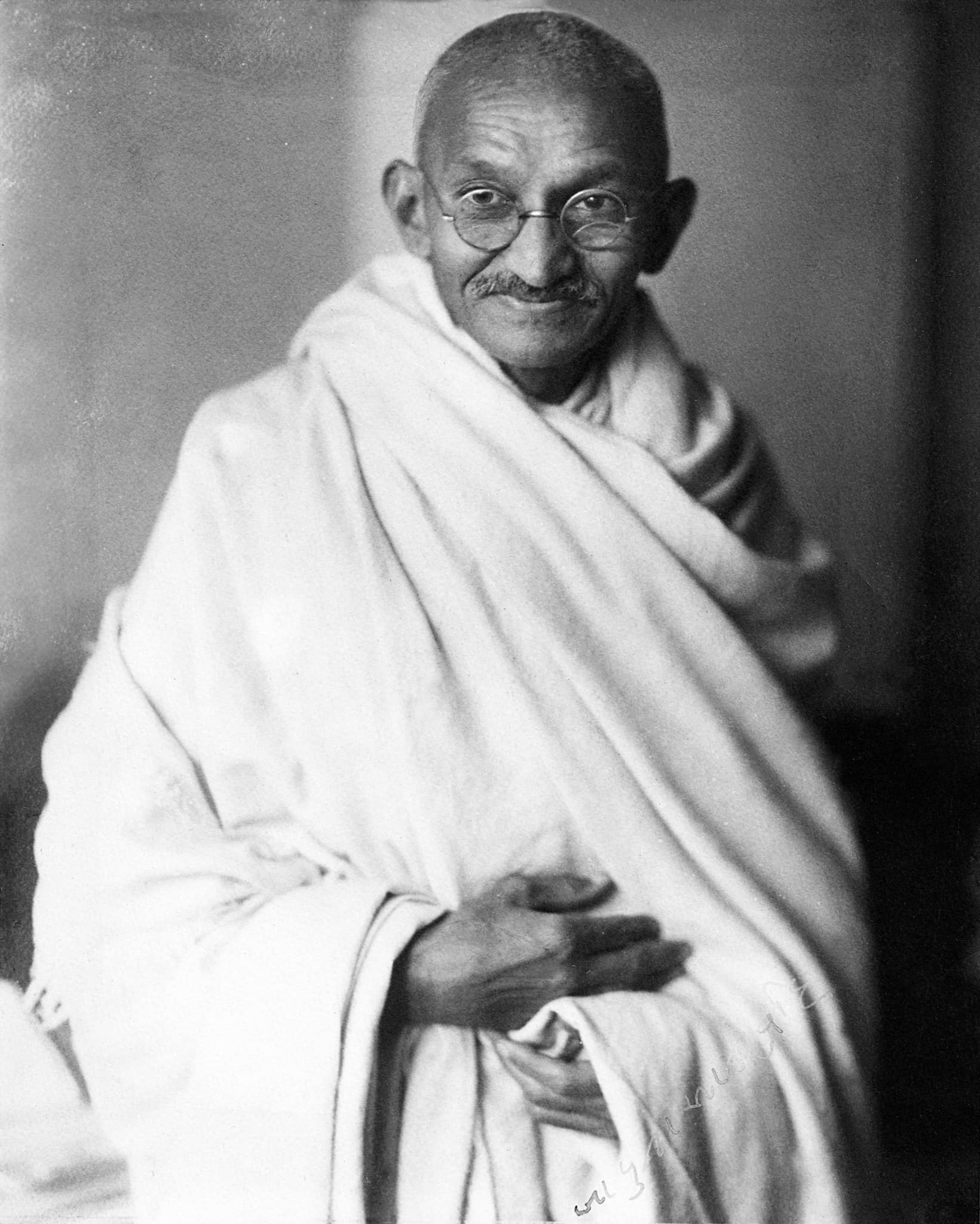
A2FP81 Rare studio photograph of Mahatma Gandhi taken in London England UK at the request of Lord Irwin 1931
“It always strikes me, and it is very peculiar, that whenever we see the image of undescribable and unutterable desolation–of loneliness, poverty, and misery, the end and extreme of things–the thought of God comes into one’s mind.” VINCENT VAN GOGH

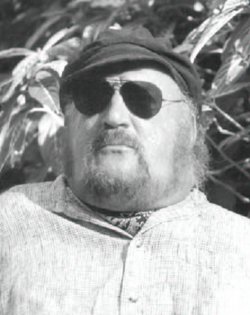
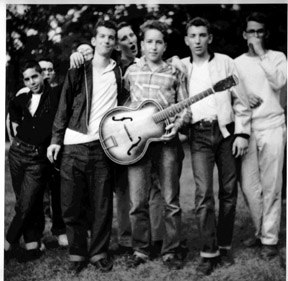
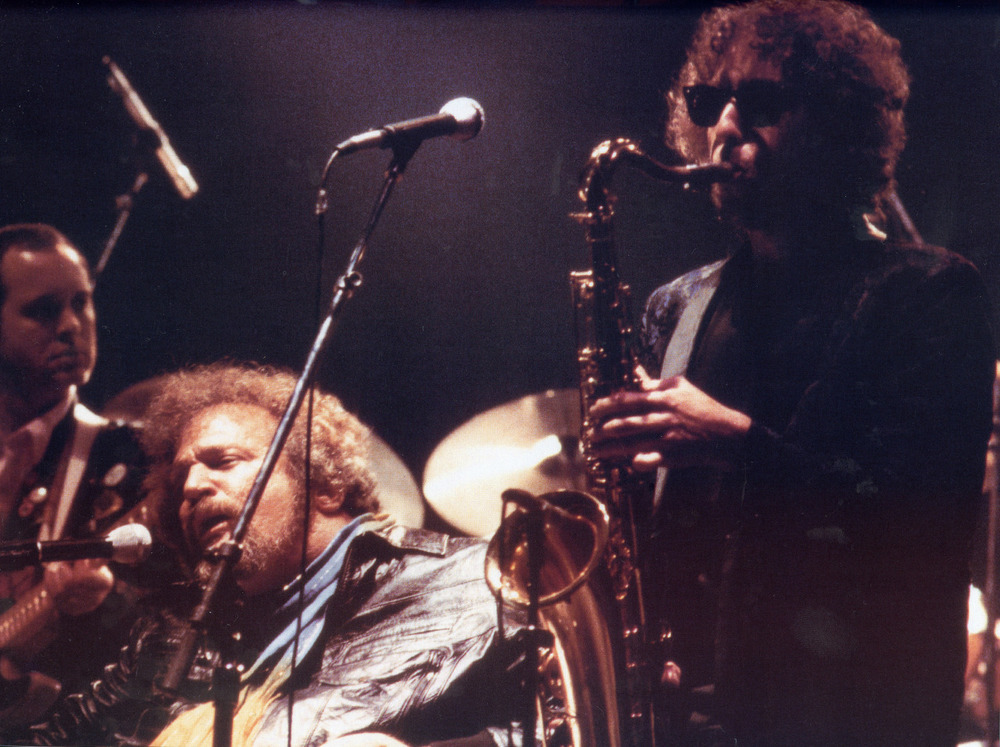
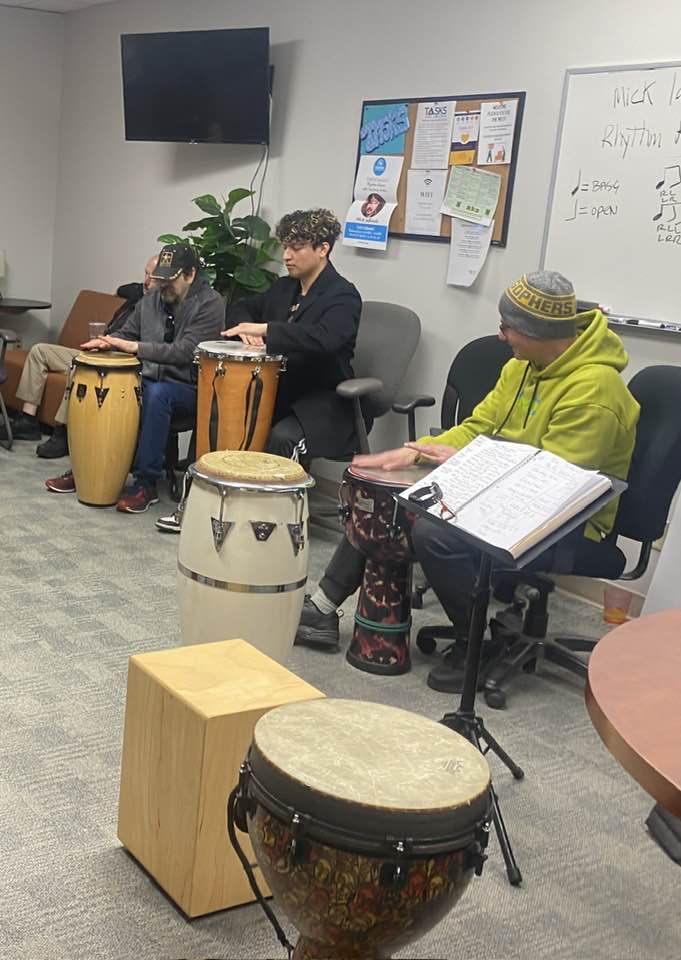
For stars like our Sun, the center condenses into a white dwarf while the outer atmosphere is expelled into space to appear as a planetary nebula. The expelled outer atmosphere of planetary nebula NGC 1514 appears to be a jumble of bubbles — when seen in visible light. But the view from the James Webb Space Telescope in infrared, as featured here, confirms a different story: in this light the nebula shows a distinct hourglass shape, which is interpreted as a cylinder seen along a diagonal. If you look closely at the center of the nebula, you can also see a bright central star that is part of a binary system. More observations might better reveal how this nebula is evolving and how the central stars are working together to produce the interesting cylinder and bubbles observed.
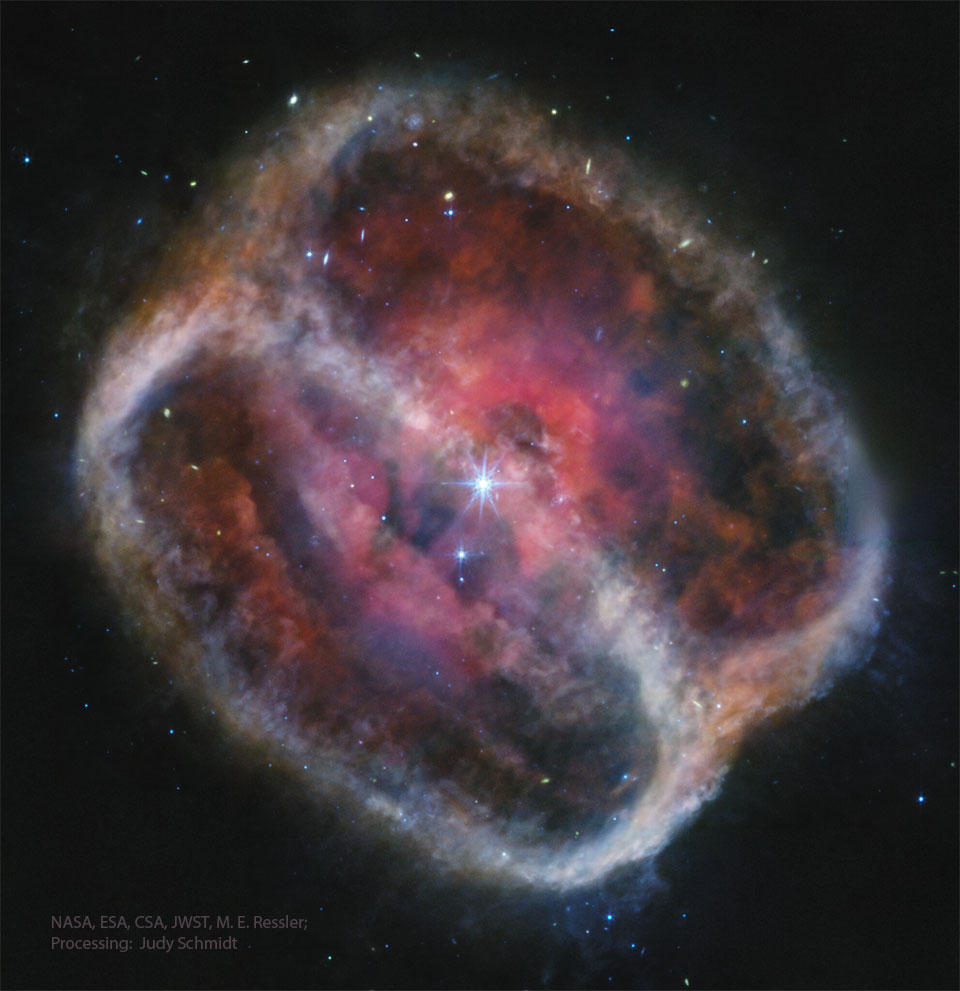
Selena Quintanilla-Pérez (April 16, 1971 – March 31, 1995) was an American singer-songwriter. Known as the “Queen of Tejano Music“, her contributions to music and fashion made her one of the most celebrated Mexican-American entertainers of the late 20th century. In 2020, Billboard magazine put her in third place on their list of “Greatest Latino Artists of All Time”, based on both Latin albums and Latin songs chart. Media outlets called her the “Tejano Madonna” for her clothing choices. She also ranks among the most influential Latin artists of all time and is credited for catapulting the Tejano genre into the mainstream market.
The youngest child of the Quintanilla family, she debuted in the music scene as a member of the band Selena y Los Dinos, which also included her elder siblings A.B. Quintanilla and Suzette Quintanilla. In the 1980s, she was often criticized and was refused bookings at venues across Texas for performing Tejano music—a male-dominated music genre. However, her popularity grew after she won the Tejano Music Award for Female Vocalist of the Year in 1987, which she won nine consecutive times. She signed with EMI Latin in 1989 and released her self-titled debut album the same year, while her brother became her principal music producer and songwriter.
Selena released Entre a Mi Mundo (1992), which peaked at number one on the US Billboard Regional Mexican Albums chart for eight consecutive months. The album’s commercial success led music critics to call it the “breakthrough” recording of her musical career. One of its singles, “Como la Flor“, became one of her most popular signature songs. Live! (1993) won Best Mexican/American Album at the 1994 Grammy Awards, becoming the first recording by a female Tejano artist to do so. In 1994, she released Amor Prohibido, which became one of the best-selling Latin albums in the United States. It was critically acclaimed as being responsible for Tejano music’s first marketable era as it became one of the most popular Latin music subgenres at the time.
Selena was shot and killed on March 31, 1995, by Yolanda Saldívar, her friend and the former manager of her Selena Etc. boutiques. Saldívar was cornered by police when she attempted to flee and threatened to kill herself but was convinced to give herself up. She was convicted of murder and sentenced to life in prison with possible parole after 30 years. Two weeks after Selena’s death, George W. Bush, then-governor of Texas, declared April 16 as Selena Day in Texas. Her posthumous crossover album, Dreaming of You (1995), debuted atop the Billboard 200, making Selena the first Latin artist to accomplish this feat. In 1997, Warner Bros. released Selena, a film about her life and career, which starred a then-unknown Jennifer Lopez as Selena, catapulting Lopez into fame. In 2020, Netflix released Selena: The Series starring Christian Serratos. Selena has sold around 18 million records worldwide, making her one of the best-selling female artists in Latin music
more...Mary Isobel Catherine Bernadette O’Brien (16 April 1939 – 2 March 1999), better known by her stage name Dusty Springfield, was a British singer. With her distinctive mezzo-soprano voice, she was a popular singer of blue-eyed soul, pop and dramatic ballads, with French chanson, country, and jazz also in her repertoire. During her 1960s peak, she ranked among the most successful British female performers on both sides of the Atlantic. Her image–marked by a peroxide blonde bouffant/beehive hairstyle, heavy makeup (thick black eyeliner and eye shadow) and evening gowns, as well as stylised, gestural performances–made her an icon of the Swinging Sixties.
Born in West Hampstead in London to a family that enjoyed music, Springfield learned to sing at home. In 1958, she joined her first professional group, the Lana Sisters. Two years later, with her brother Dion O’Brien (“Tom Springfield“) and Tim Feild, she formed the folk-pop vocal trio the Springfields. Two of their five 1961–63 top 40 UK hits – “Island of Dreams” and “Say I Won’t Be There”–reached No. 5 on the charts, both in the spring of 1963. In 1962, they also achieved success in the United States with their cover of “Silver Threads and Golden Needles“. Her solo career began in late 1963 with the upbeat pop record “I Only Want to Be with You“—a UK No. 4 hit, and the first of her six transatlantic top 40 hits in the 1960s, along with “Stay Awhile” (1964), “All I See Is You” (1966), “I’ll Try Anything” (1967), and two releases which are now considered her signature songs: “You Don’t Have to Say You Love Me” (1966 UK No. 1/US No. 4) and “Son of a Preacher Man” (1968/69 UK No. 9/US No. 10). The latter is featured on the 1968 pop and soul album Dusty in Memphis, one of Springfield’s defining works. In March 2020, the US Library of Congress added the album to the National Recording Registry, which preserves audio recordings considered to be “culturally, historically, or aesthetically significant”.
Between 1964 and 1969, Springfield enjoyed success in her native United Kingdom with several singles which in America either failed to chart or were not released, among them being “I Just Don’t Know What to Do with Myself” (the biggest of her many Burt Bacharach/Hal David covers), “In the Middle of Nowhere”, “Some of Your Lovin'”, “Goin’ Back“, and “I Close My Eyes and Count to Ten“. Conversely, she charted in the US (but not in the UK) with hits including “Wishin’ and Hopin’“, “The Look of Love“, and “The Windmills of Your Mind“. From 1971 to 1986, she failed to register a hit from five album releases (aside from a minor 1979 UK chart appearance), but her 1987 collaboration with UK synth-pop duo Pet Shop Boys, “What Have I Done to Deserve This?“, took her back near the top of the charts, reaching No. 2 on both the UK Singles Chart and the Billboard Hot 100. The collaboration yielded two 1989 UK top 20 hits: “Nothing Has Been Proved” and “In Private“. In 1990, Springfield charted with “Reputation”–the last of 25 UK top 40 hits in which she featured.
A fixture on British television, Springfield presented many episodes of the popular 1963–66 British TV music series Ready Steady Go!and, between 1966 and 1969, hosted her own series on the BBC and ITV. In 1966, she topped popularity polls, including Melody Maker‘s “Best International Vocalist”, and was the first UK singer to top the New Musical Express readers’ poll for best female singer. She has been inducted into the National Rhythm & Blues Hall of Fame, the Rock and Roll Hall of Fame, and the UK Music Hall of Fame. Multiple critics and polls have lauded Springfield as one of the greatest female singers in popular music.
more...John Wesley Funchess (April 16, 1931 – February 1, 1994) known professionally as John (or Johnny) Littlejohn, was an American electric blues slide guitarist. He was active on the Chicago blues circuit from the 1950s to the 1980s.
more...Bennie Green (April 16, 1923 – March 23, 1977) was an American jazz trombonist.
Born in Chicago, Illinois, United States, Green worked in the orchestras of Earl Hinesand Charlie Ventura, and recorded as bandleader through the 1950s and 1960s.According to critic Scott Yanow of AllMusic, Green’s style straddled swing music and soul, making him one of the few trombonists of the 1950s and ’60s uninfluenced by the pioneering sound of J.J. Johnson.
Green relocated to Las Vegas, where he played in hotel bands for the last decade of his career, though he made occasional appearances at jazz festivals. He died on March 23, 1977.
more...Herbert Jay Solomon (April 16, 1930 – July 1, 2003 NY), known by his stage nameHerbie Mann, was an American jazz flute player and important early practitioner of world music. Early in his career, he also played tenor saxophone and clarinet (including bass clarinet), but Mann was among the first jazz musicians to specialize on the flute. His most popular single was “Hi-Jack“, which was a Billboard No. 1 dance hit for three weeks in 1975.
Mann emphasized the groove approach in his music. Mann felt that from his repertoire, the “epitome of a groove record” was Memphis Underground or Push Push, because the “rhythm section locked all in one perception.”
more...Henry Mancini (born Enrico Nicola Mancini; April 16, 1924 – June 14, 1994) was an American composer, conductor, arranger, pianist and flutist. Often cited as one of the greatest composers in the history of film, he won four Academy Awards, a Golden Globe, and twenty Grammy Awards, plus a posthumous Grammy Lifetime Achievement Award in 1995.
His works include the theme and soundtrack for the Peter Gunn television series as well as the music for The Pink Panther film series (“The Pink Panther Theme“) and “Moon River” from Breakfast at Tiffany’s. The Music from Peter Gunn won the inaugural Grammy Award for Album of the Year. Mancini enjoyed a long collaboration in composing film scores for the film director Blake Edwards. Mancini also scored a No. 1 hit single during the rock era on the Hot 100: his arrangement and recording of the “Love Theme from Romeo and Juliet” spent two weeks at the top, starting with the week ending June 28, 1969.
more...More Posts
- Vassar Clements
- Mt Zion Shabbat for the Soul
- Cosmo Gum 37
- Carl Allen
- Albert King
- Ella Fitzgerald
- Flamenco Friday Camarón de la Isla y Tomatito
- Daily Roots Freddie McKay
- Holocaust Remembrance Day 2025
- Collin Walcott
- Cosmo NGC 6164
- John Williams
- Johnny Griffin
- Joe Henderson
- World Music Laxankii Faysal Cumar Mushteeg
- Daily Roots Johnny Clarke
- RHYTHM ROOTS WORKSHOP Tasks Unlimited
- Cosmos Jupiter
- Roy Orbison
- Milton Banana
